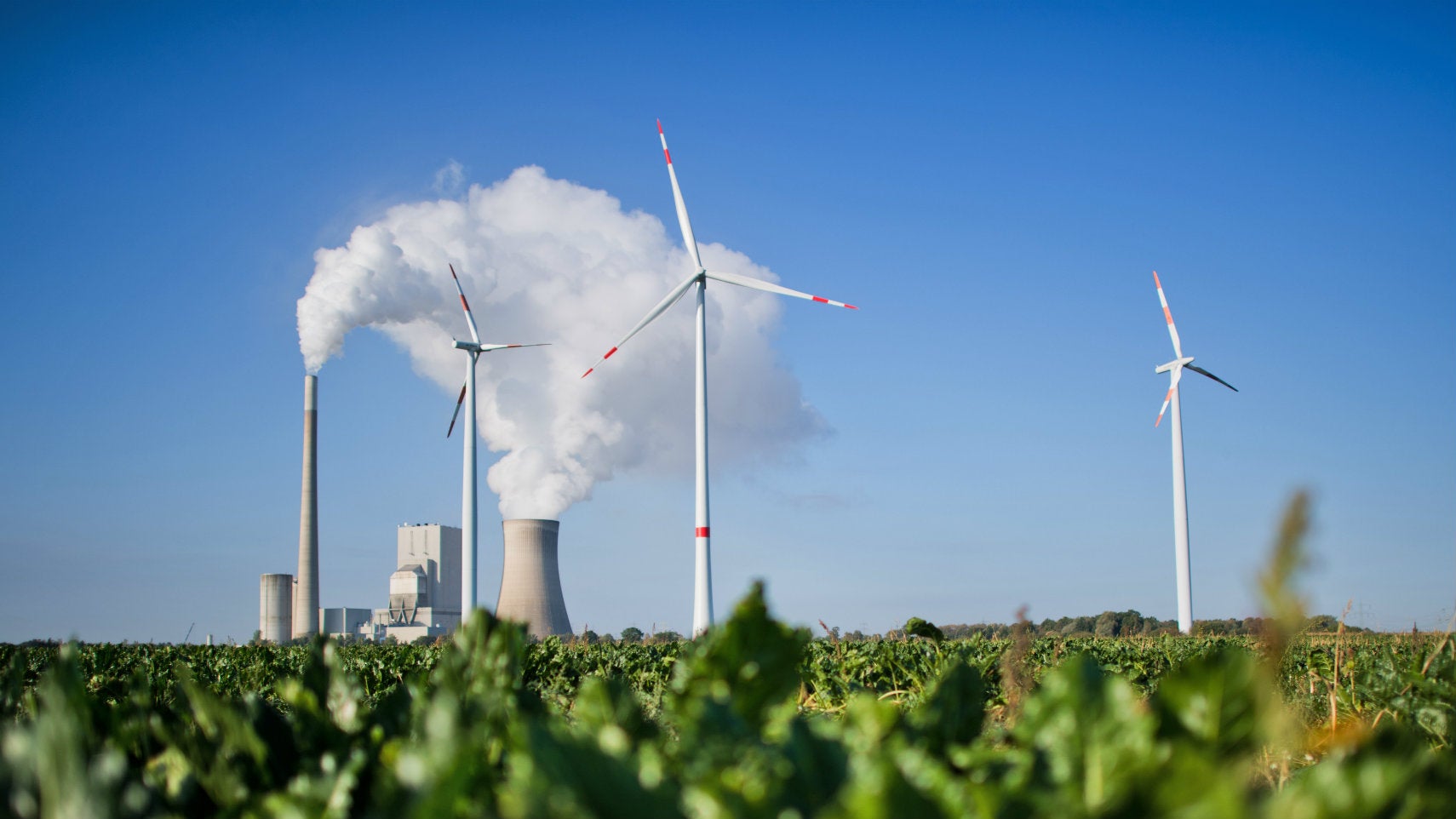A Chinese company is offering free training for US coal miners to become wind farmers
If you want to truly understand what’s happening in the energy industry, the best thing to do is to travel deep into the heart of American coal country, to Carbon County, Wyoming (yes, that’s a real place).


If you want to truly understand what’s happening in the energy industry, the best thing to do is to travel deep into the heart of American coal country, to Carbon County, Wyoming (yes, that’s a real place).
The state produces most coal in the US, and Carbon County has long been known (and was named) for its extensive coal deposits. But the state’s mines have been shuttering over the past few years, causing hundreds of people to lose their jobs in 2016 alone. Now, these coal miners are finding hope, offered from an unlikely place: a Chinese wind-turbine maker wants to retrain these American workers to become wind-farm technicians. It’s the perfect metaphor for the massive shift happening in the global energy markets.
The news comes from an energy conference in Wyoming, where the American arm of Goldwind, a Chinese wind-turbine manufacturer, announced the free training program. More than a century ago, Carbon County was home to the first coal mine in Wyoming. Soon, it will be the site of a new wind farm with hundreds of Goldwind-supplied turbines.
Goldwind sees the ex-miners as a font of the sort of technical knowledge—mechanical and electrical engineering, on par—with the experience of working in difficult conditions required to run and maintain a wind farm. Adapting coal-mining skills to wind farming seemed a natural fit. “If we can tap into that market and also help out folks that might be experiencing some challenges in the workforce today, I think that it can be a win-win situation,” David Halligan, chief executive of Goldwind Americas, told the New York Times.
The loss of coal jobs, in Wyoming and across the country, can be attributed partly to increasing mechanization and partly to the falling demand for coal. Despite Trump’s promise to bring back coal jobs, the department of labor reports that in the first quarter of 2017, there were 8% fewer coal jobs (more than 6,000 positions) compared to the same period the year before.
As the US’s largest coal supplier, Wyoming has to date resisted the rise of renewable energy—despite having some of the highest annual wind speeds and lowest population densities in the country, making it ideal for wind-farming. In fact, Wyoming is the only state in the US that levies taxes on wind-energy generation, a policy that’s scared away wind-farm developers, despite the billions of federal subsidy dollars available for them. But opportunities like the Goldwind project—while unlikely to absorb all coal miners who have lost their jobs—may change the narrative in Wyoming, so that it looks more like the one the world’s bought into.